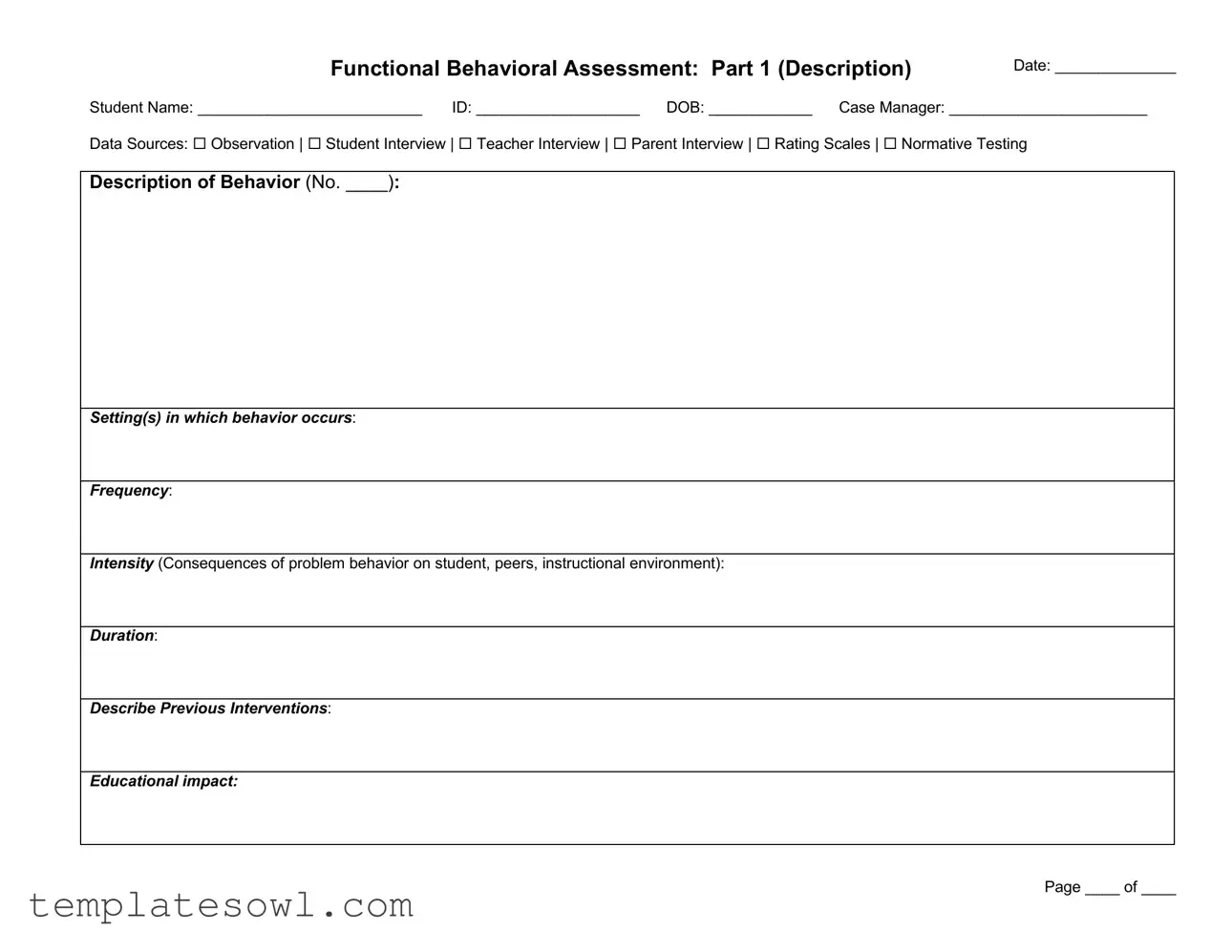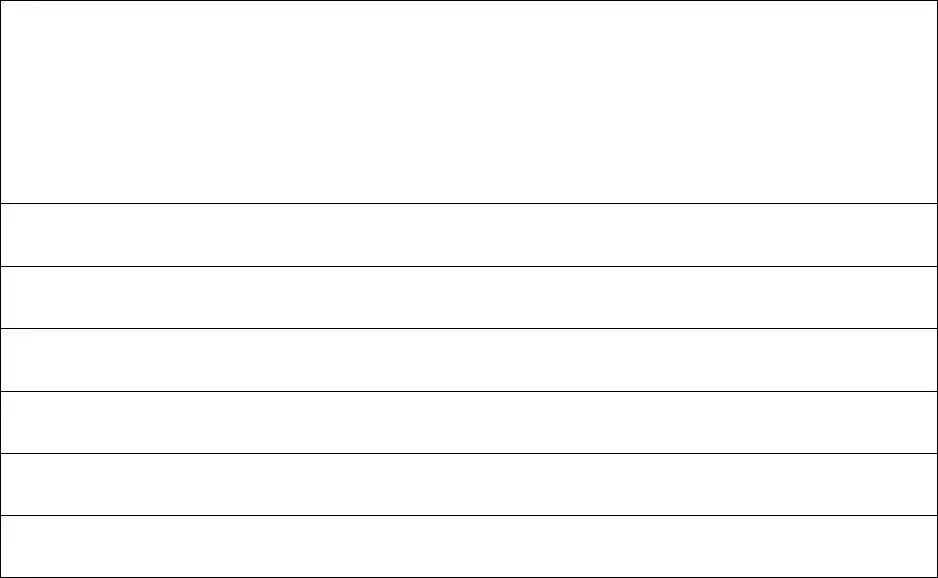What is a Functional Behavioral Assessment (FBA)?
A Functional Behavioral Assessment is a process that helps identify specific behaviors in a student and the reasons behind those behaviors. It involves gathering information about the context of the behavior, frequency, intensity, and previous interventions. The goal is to understand the purpose of the behavior in order to develop effective support strategies.
When should an FBA be conducted?
An FBA should be conducted when a student exhibits persistent problem behaviors that affect their learning or the learning of others. It is also helpful when existing interventions have not produced the desired outcome. The sooner an FBA is initiated, the better the support for the student.
Who is involved in the FBA process?
Several individuals may participate in the FBA process. This typically includes the student, the case manager, teachers, parents, and any other relevant personnel. Each participant contributes unique insights, which support a comprehensive understanding of the behavior.
What types of data are collected during an FBA?
Data collected during an FBA may include observations, interviews with the student, teachers, and parents, as well as rating scales and normative testing. These varied data sources provide a well-rounded view of the student's behavior and its context.
What are the main components of the FBA form?
The FBA form consists of two main parts. The first part focuses on the description of the behavior, noting specifics like frequency, intensity, and prior interventions. The second part identifies the hypothesized function of the behavior across various areas such as emotional regulation, modeling, and family issues.
How can the information from an FBA be used?
The information gathered from an FBA is used to develop a Behavioral Intervention Plan (BIP). This plan outlines specific interventions aimed at addressing the identified behaviors, promoting positive alternatives, and improving the student’s educational experience.
What happens after the FBA is completed?
Once the FBA is completed, the findings are reviewed with the team involved. A Behavioral Intervention Plan is then created based on the assessment results. The plan includes goals, interventions, and methods for monitoring progress and evaluating its effectiveness over time.


